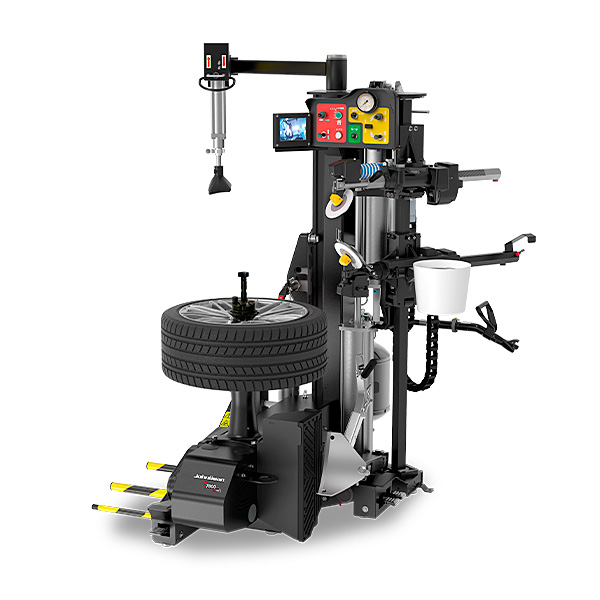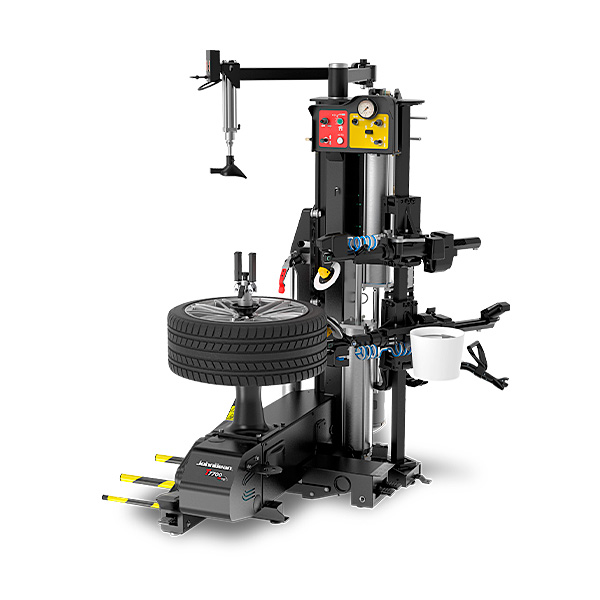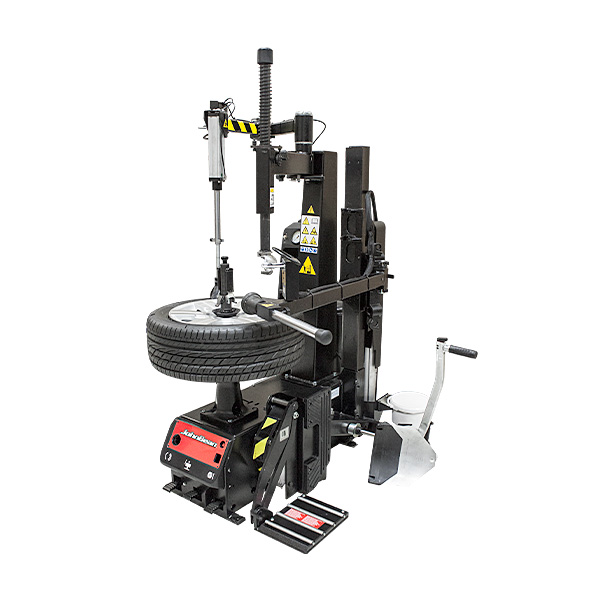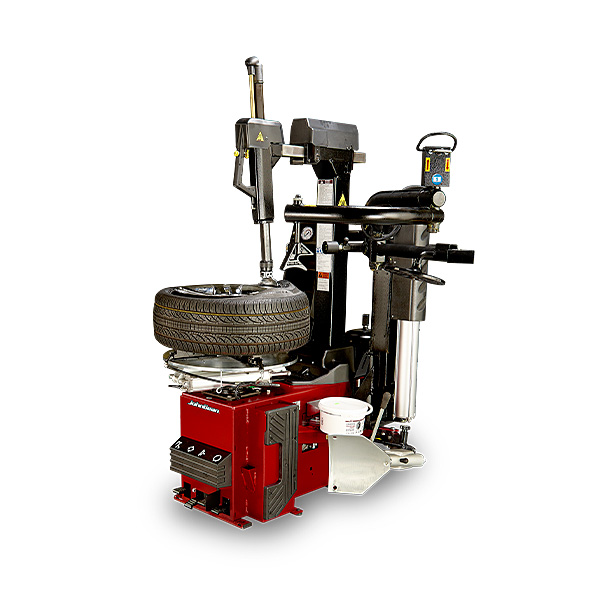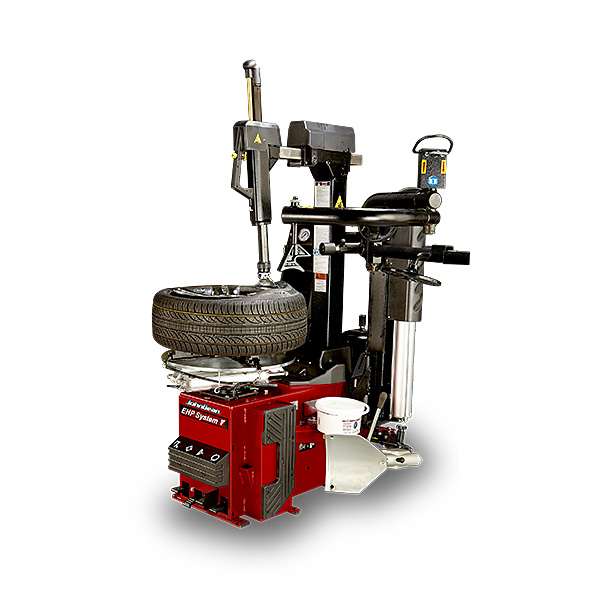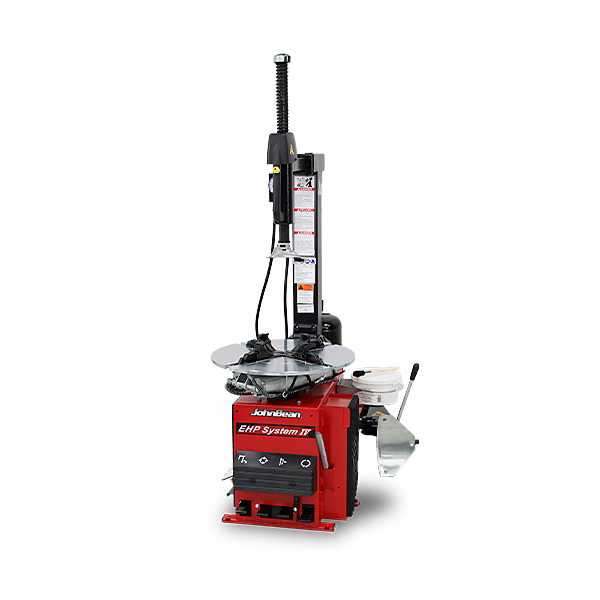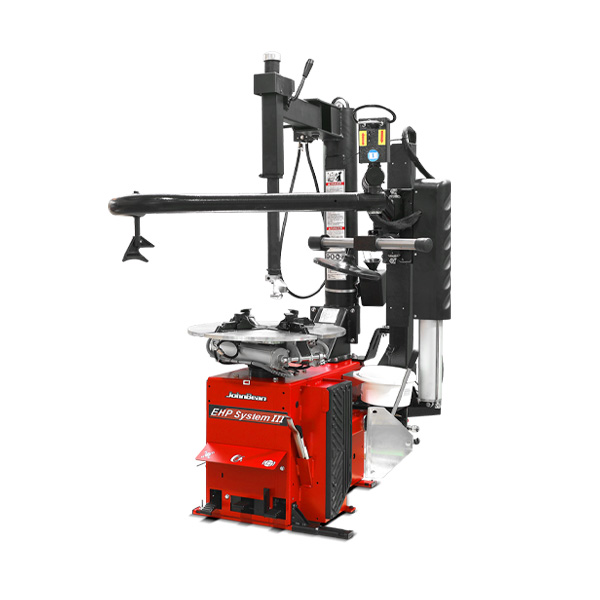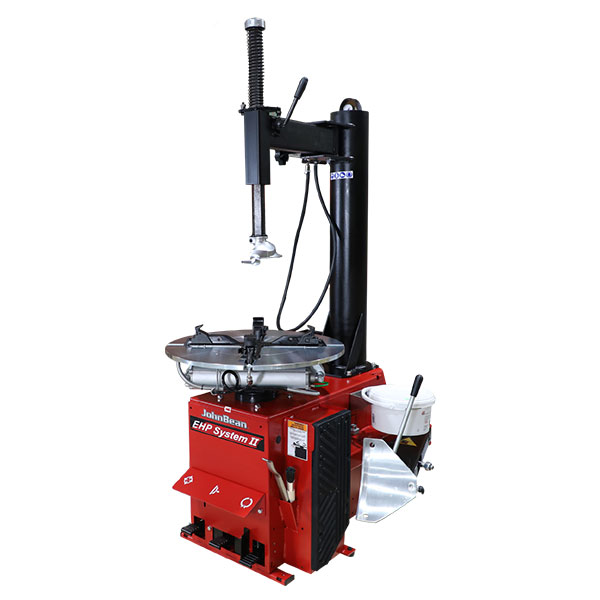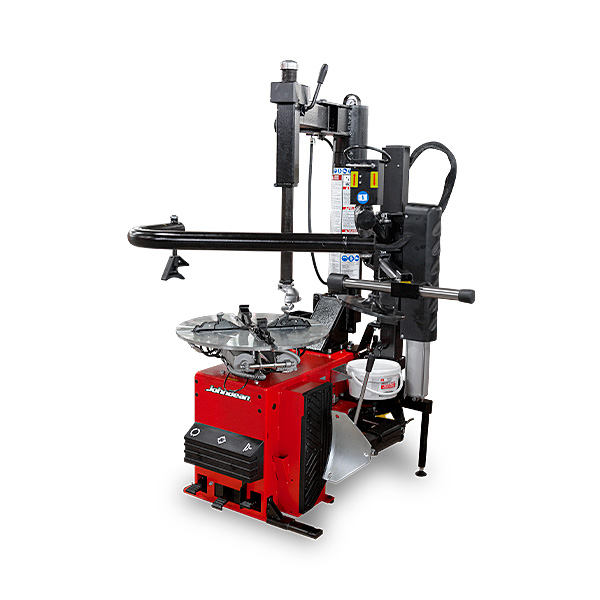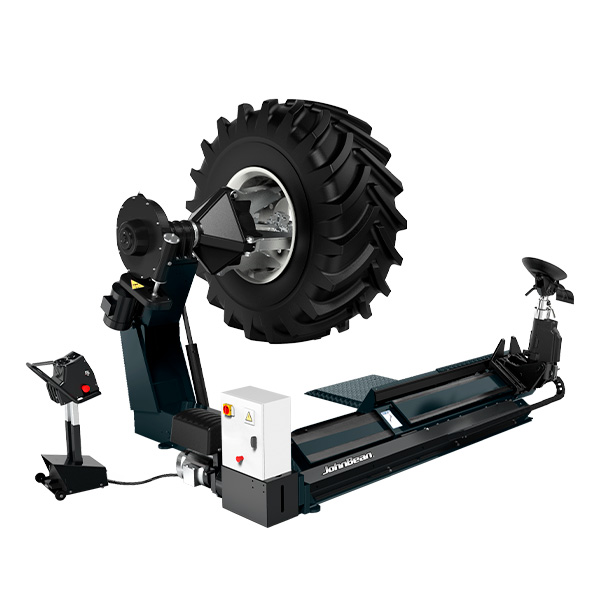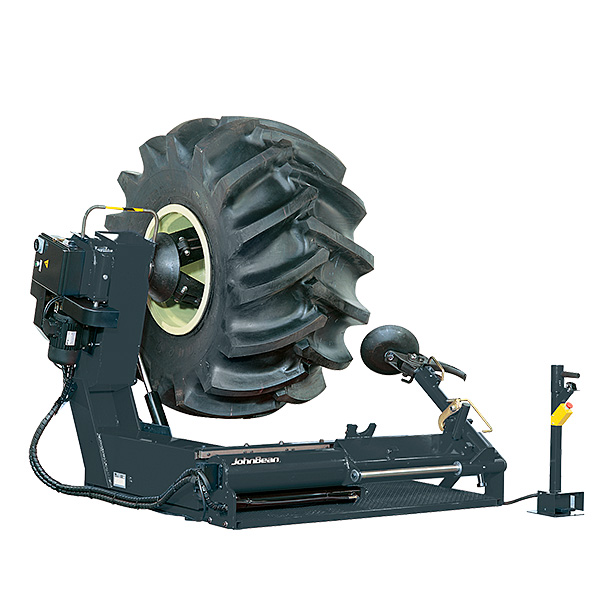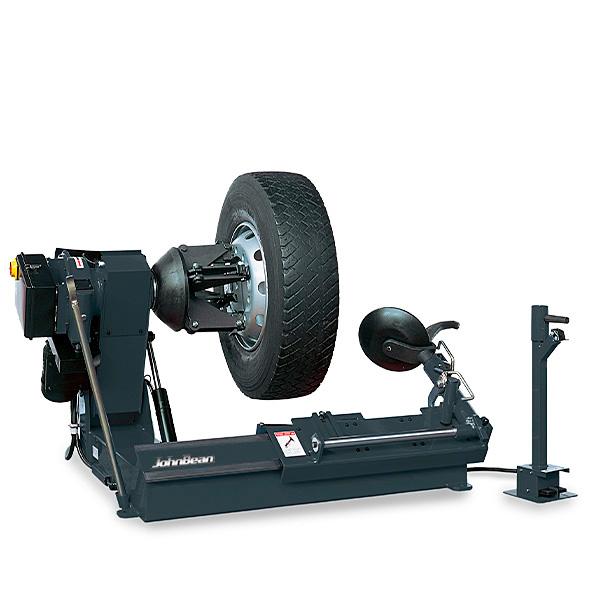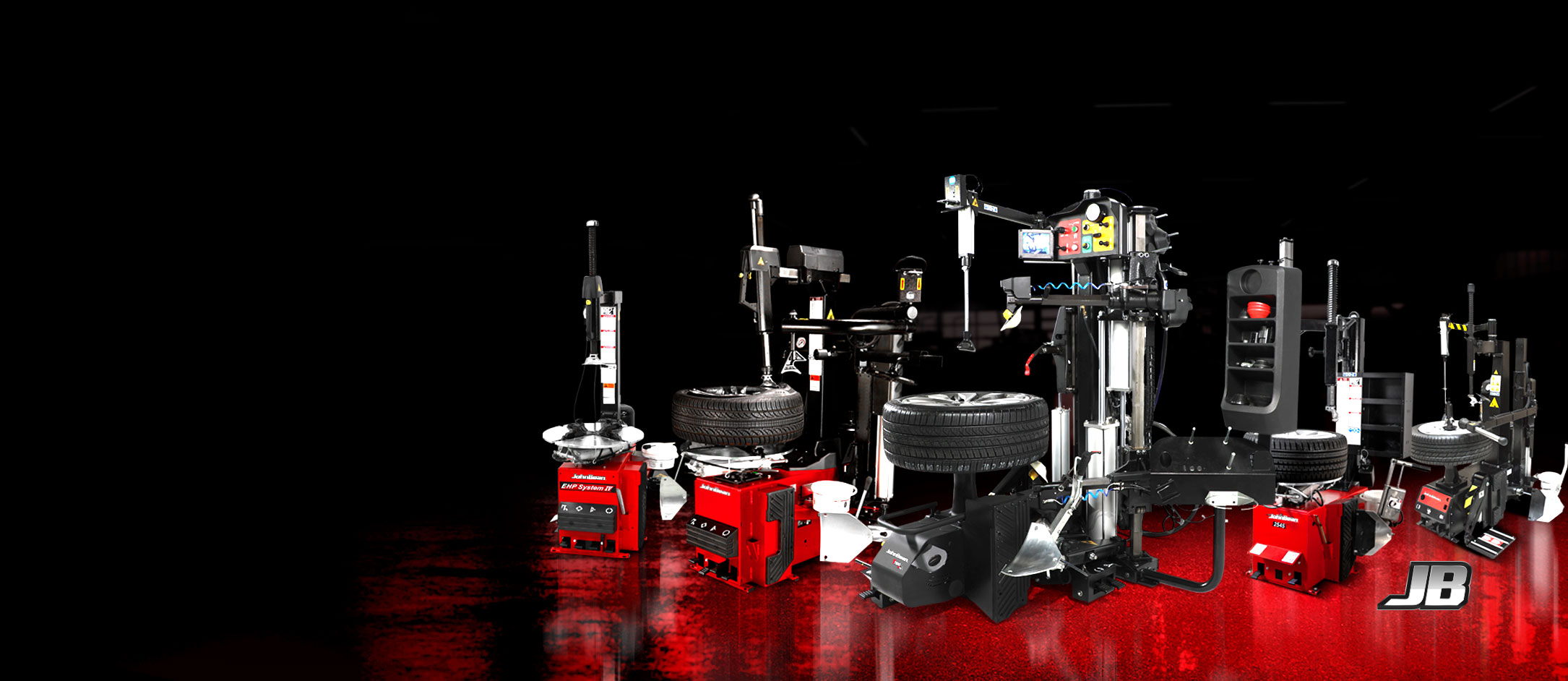
TIRE CHANGERS
ALL TYPES OF TIRES,
EFFORTLESS, EVERYDAY
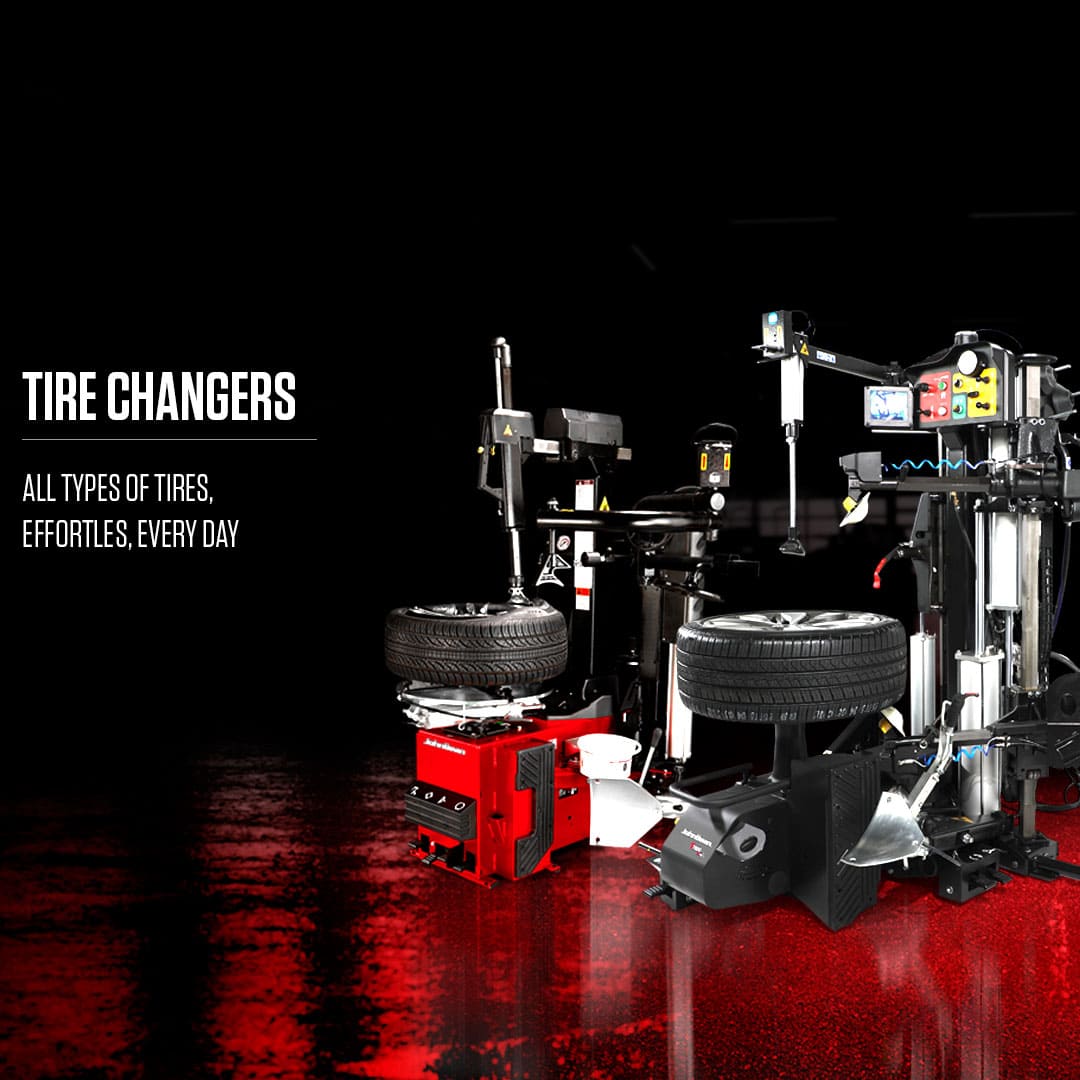
Modern Vehicles Demand Modern Technology
Tire changers provide a core service for tire shops, garages, and repair shops. Today’s modern cars and trucks run a variety of wheel and tire combinations that can be a challenge for machines that are not up to the task.
Professional tire changers can handle a variety of rim widths and tire types, and are designed to help you increase your shop’s overall productivity with a combination of speed, versatility, and safety.
Whether you service municipal fleets or own a high-volume automotive repair shop – there’s a tire changer to fit your unique needs.
Increase Productivity, Safety, and Profitability
Technology is at the forefront of all great businesses and our high-grade tire equipment uses the latest technology to reach new heights. Our comprehensive line of tire changing machines help you keep your tire shop running with a level of efficiency that keeps your technicians from getting burnt out, while also servicing as many customers as possible throughout a busy day. This balance of time and services is crucial for a shop to remain productive and profitable.
TIRE CHANGERS FOR EVERY TYPE OF SHOP
Leverless Tire Changer
Designed to minimize operator effort, and automate specific processes; leverless tire changers are at the forefront of tire-changing technology. These workhorses allow technicians to perform quick work, with minimal risk of damage. Features like an easy to use bead breaker, pneumatic lift, and helpful cameras allow you to work quickly and efficiently. For high-volume shops, the leverless machine is a productivity booster.
Tilt Tower
Today’s modern cars and trucks utilize large wheel and tire combos that can be challenging to work on. The head assembly on a tilt back tire changer is designed to tilt back via foot pedal operation in order to accommodate larger tires for easier positioning on the turn-table. Once a position is set, the head returns to the same position for subsequent wheels This leads to less operator fatigue and less chance for wheel damage, making the Tilt Tower design perfect for high-volume shops and dealerships that work on a variety of wheel sizes.
Swing Arm Tire Changer
Versatile, affordable, easy to operate: Swing Arm tire changers make changing a low-profile tire quick and painless. This workhorse design requires the assist arm to be reset after each wheel, making it ideal for shops that work on similar-sized wheels or run at a lower volume. Many of these models fall under the category of rim clamp tire changer, which offer adjustable clamping jaws to help protect the wheel and provide a secure grip.
Center-post Tire Changer
Designed for ease-of-use by technicians of all skill levels, center-post tire changers offer speed and precision for efficient tire-changing operation. With less clamping restriction than a turntable design, the risk of wheel damage is drastically reduced. An anti-rotational pin allows the center-post clamp to accommodate a wide range of wheel sizes, and the pneumatic bead assist enables efficient single-operator mounting and demounting of the upper bead. For high-volume tire shops that need a tire changer machine with optimum technology, the center-post design is a definite game changer.
Heavy Duty Tire Changer
We also offer heavy duty tire changers for commercial vehicles, trucks, or tractors. These machines are built to handle rims up to 58 inches and come equipped with features like extra high bead breaking force, double reinforced frames, non-return valve, and more.
Features That Increase Productivity
John Bean tire changing machines are designed with various features to keep operators safe and allow them to perform their job with ease, including:
- Fast, Accurate Wheel Clamping
- Lower Bead Camera Assistance
- Easy Bead Breaking For Low Profile and Run-Flat Tires
- Easy Mounting and Demounting
- User-Friendly Controls
- Precise, Safely Located and Ergonomic Foot Controls
- Integrated Pressure Limiter
- Wheel Protection
FAQs
When making the commitment to purchasing a tire machine, you should consider the following:
- How many vehicles does your shop service in a day?
- What type of vehicles do you regularly work on?
- What is the max wheel width you need to facilitate?
- Do you work on run-flat and low profile tires?
- What’s the experience level of personnel in your shop?
- What’s your budget?
John Bean® offers five types of tire changing machines:
- Leverless
- Tilt Tower
- Center-Post
- Swing Arm
- Heavy-Duty
Each type of wheel service shop equipment has a distinct set of advantages but all of these options make changing tires easy and profitable. Whether you’re working on a car, truck, motorcycle, or heavy-duty vehicle, there is a tire changer that suits your needs.
Leverless tire changers can work on nearly any type of wheel/tire combo with speed, precision, and low operator fatigue. Due to their higher cost over other machine variants, leverless machines are great for high-volume tire shops that will see a large enough productivity boost to justify the higher cost.
Since a tilt tower mechanism allows easy access to the turntable and returns to the same location each time; this design is perfect if your shop regularly works on larger tires and wheel diameters with a higher level of volume.
For smaller shops with lower wheel service volume or shops looking to stay on budget; a swing arm tire changer will work on a wide variety of wheels but require a bit more labor and a bit more adjustments on the fly during each tire change.
For commercial vehicles or extra large wheels, a heavy duty tire changer offers a rugged design and wide clamping range that can handle rims between 14 and 58-inches.
UHP stands for Ultra High Performance and designates tires that have an ultra-low profile (sidewall thickness) and are typically found on high-performance vehicles. RFT stands for Run Flat Tires and designates tires that can run for a preset distance with little to no air left in the tire itself. Each of these designs poses a challenge to properly mount and dismount due to the stiffness of the sidewall.

